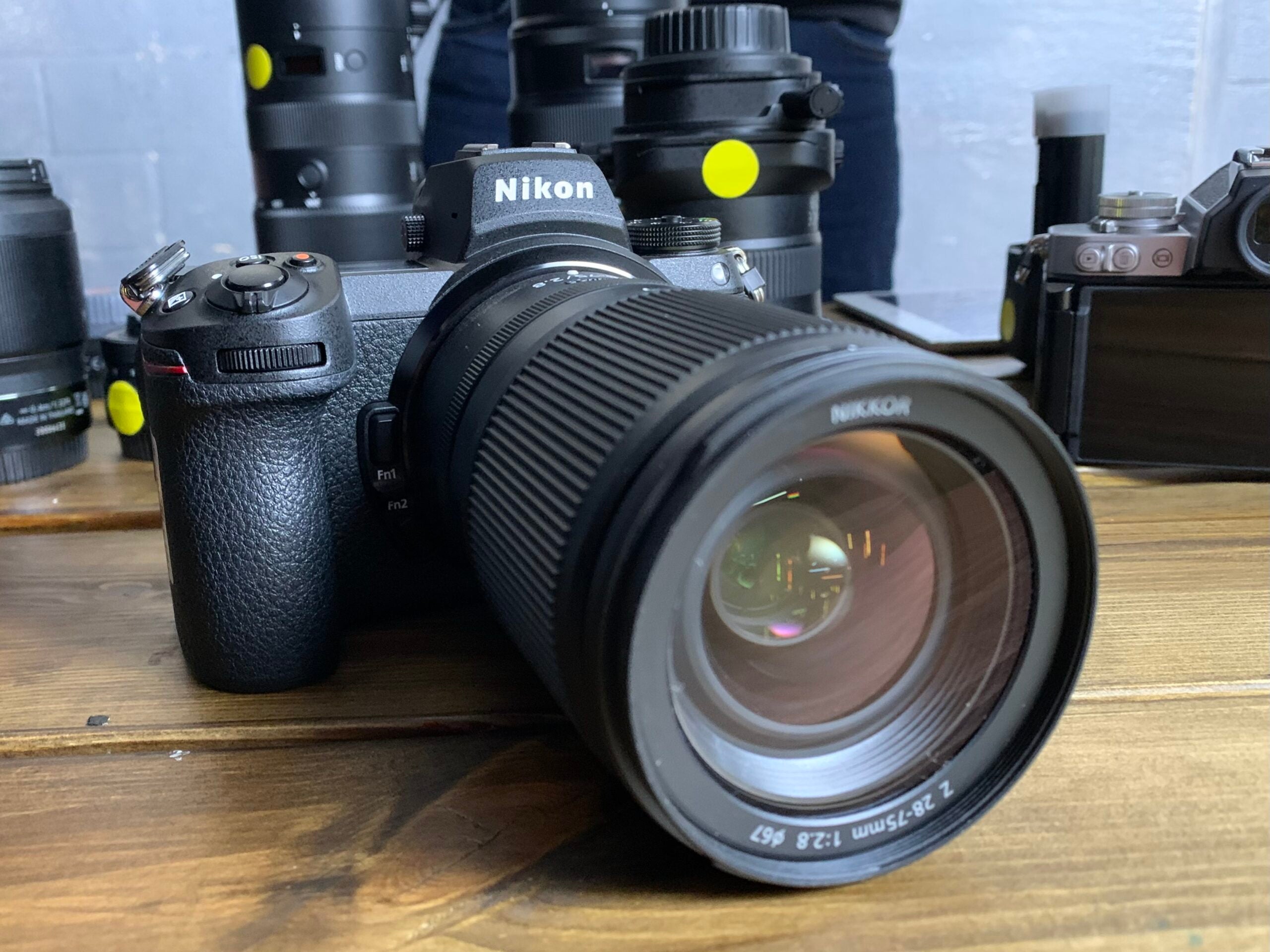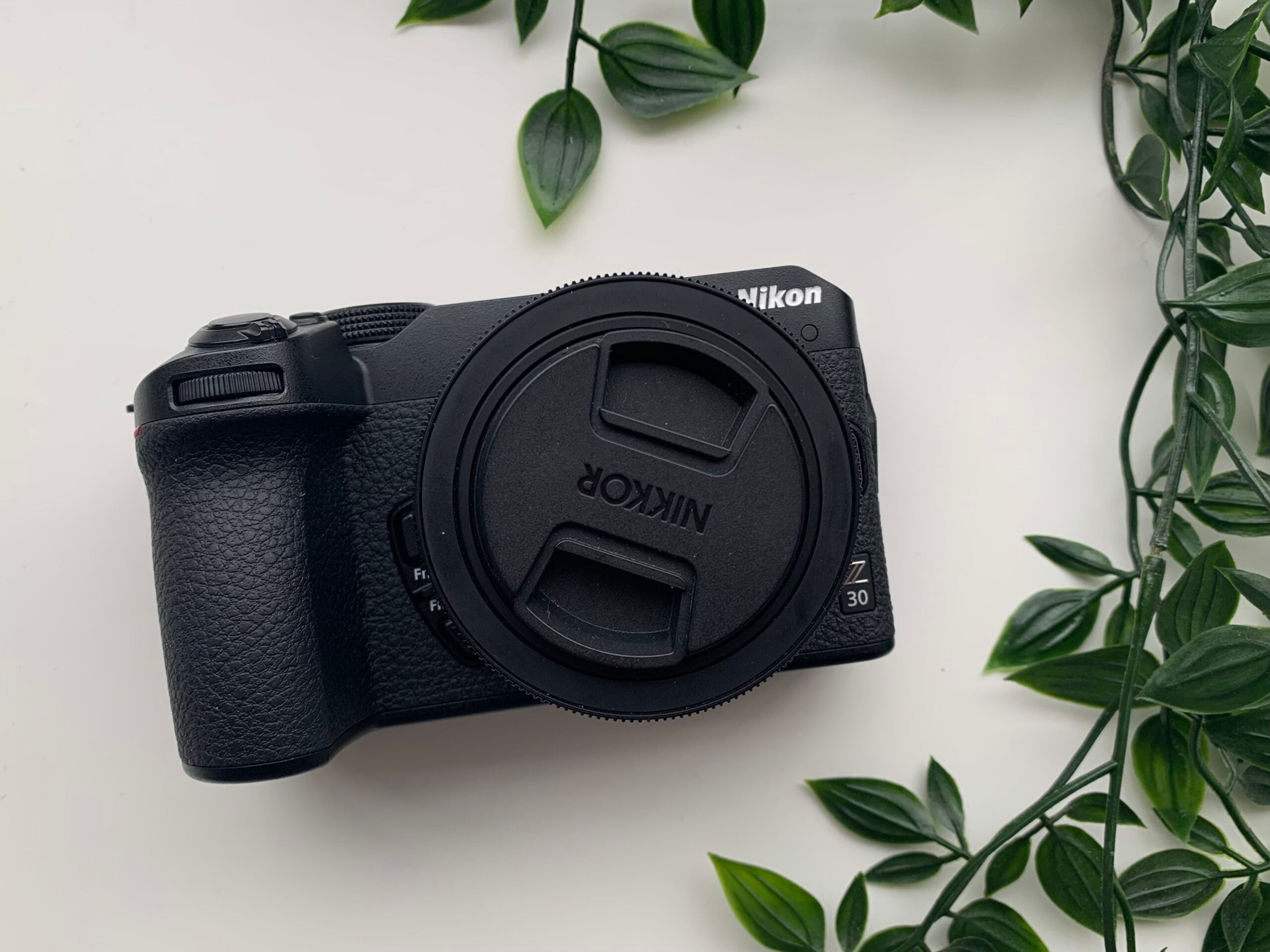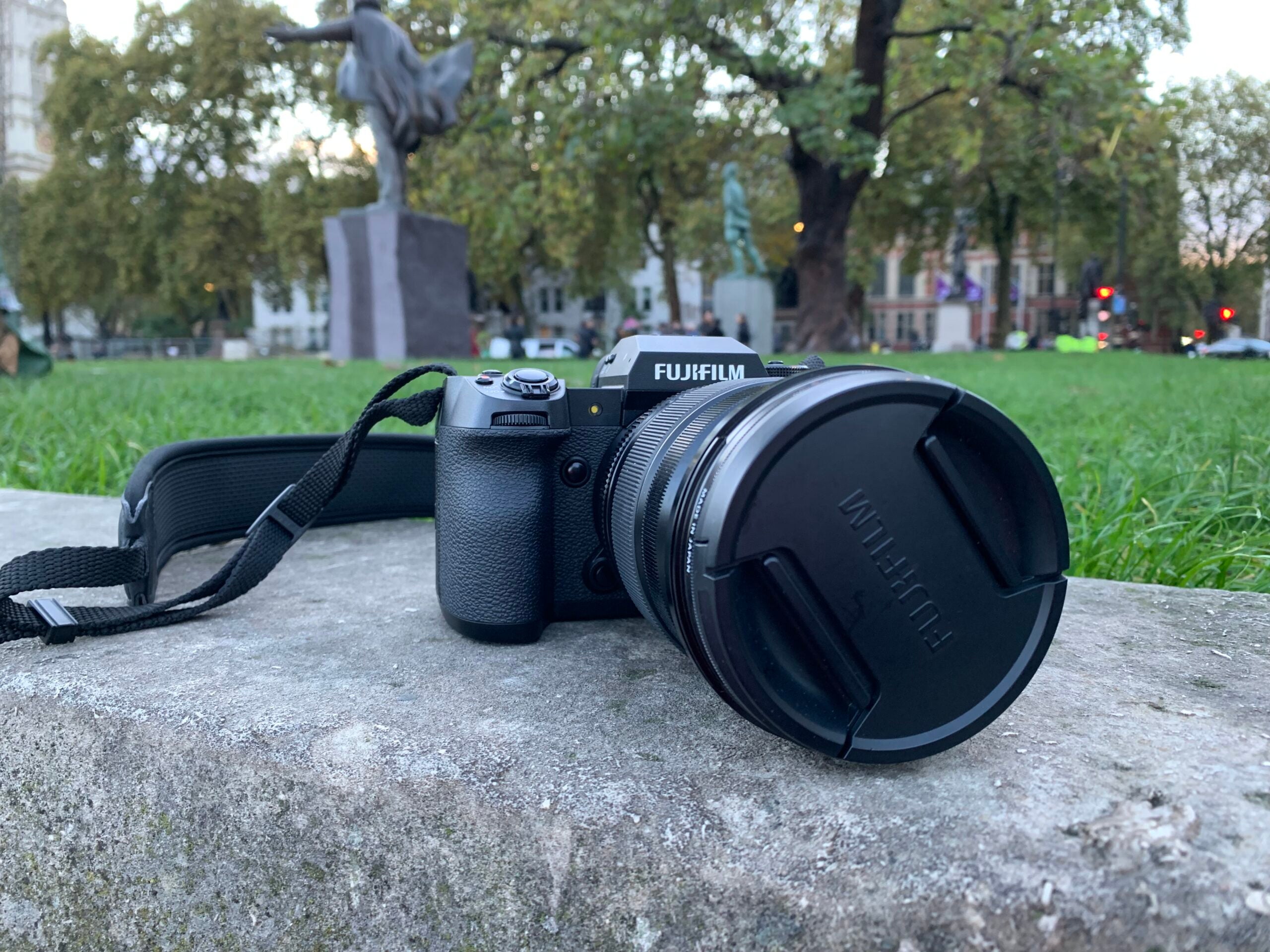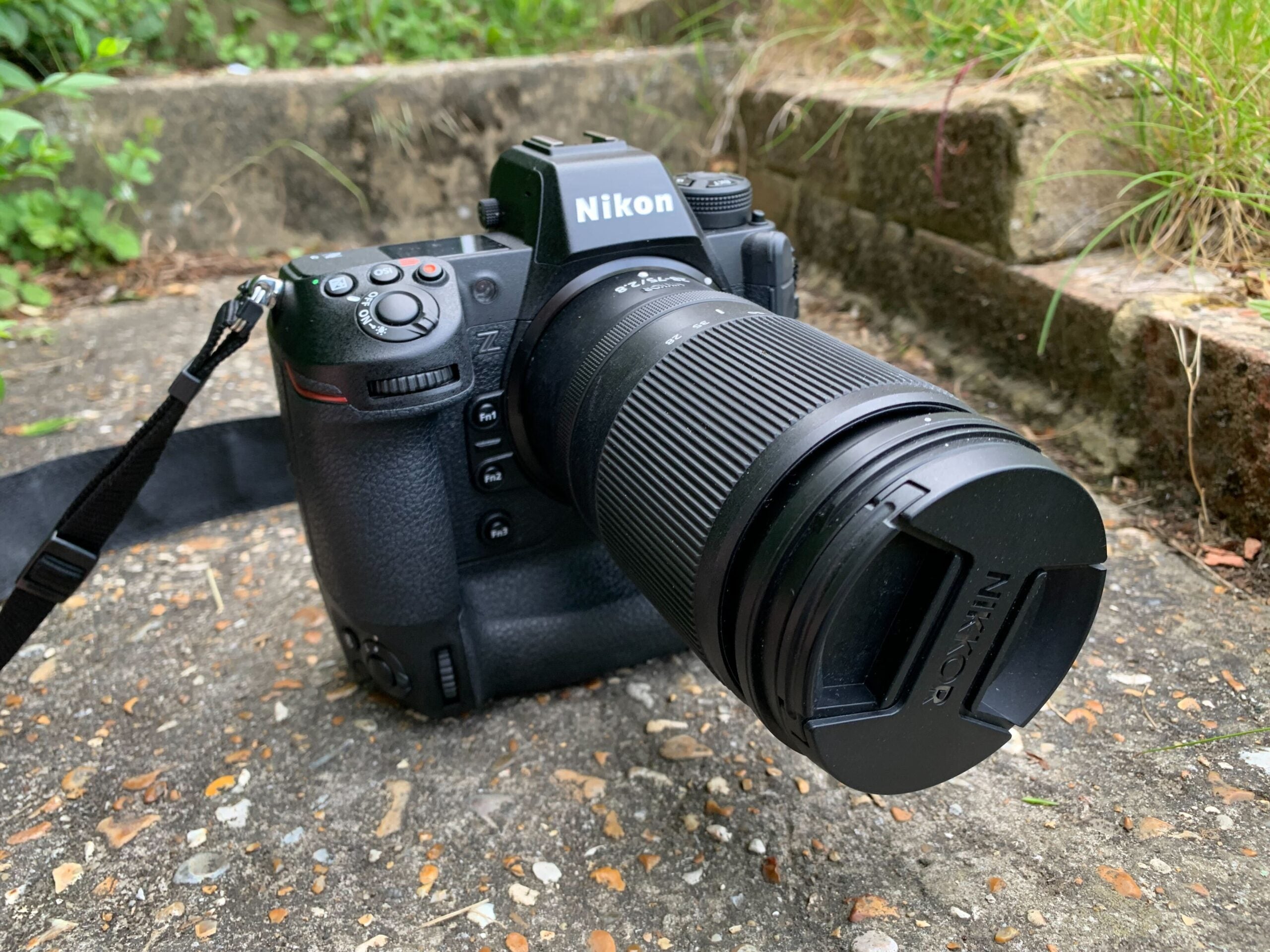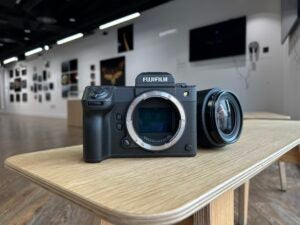
The GFX100 II introduces a faster burst mode, more advanced autofocus and higher-resolution video to Fujifilm’s GFX line.
If you’re in need of a medium-format mirrorless camera with a wide array of features, the GFX100 II could just be the one you’ve been waiting for.
Key Features
-
Medium format sensor GFX 102MP CMOS II HS -
X-Processor 5Fujifilm’s latest high-speed processor -
Up to 4K/60p videoOr 8K/30p cropped -
Faster burst modeUp to 8fps continuous shooting with the mechanical shutter
Introduction
Fujifilm recently announced the $7499/£6999 GFX100 II at the company’s X Summit.
The latest addition to the GFX line is actually intended to be the successor to 2019’s GFX100 and not 2021’s GFX100S, as you might assume given the timeline.
I was given the opportunity to go hands-on with the medium format mirrorless camera ahead of its launch. Keep reading to learn more about the GFX100 II from my time with the camera.
Design
- The camera is large and weighs 1030g
- There’s an LCD monitor, an EVF and a black-and-white top monitor
- The controls are neat and the grip is comfortable
The Fujifilm GFX100 II is a large camera weighing more than 1kg before factoring in a lens.
There are a number of benefits to its large size, including its spacious top monitor, wide viewfinder and deep grip that helps the camera feel secure in the hand. The GFX100 II might not be small and lightweight enough for street photography but then, if you’re looking for a compact mirrorless camera, the X-T5 or the X-S20 make more sense and are a lot more affordable.
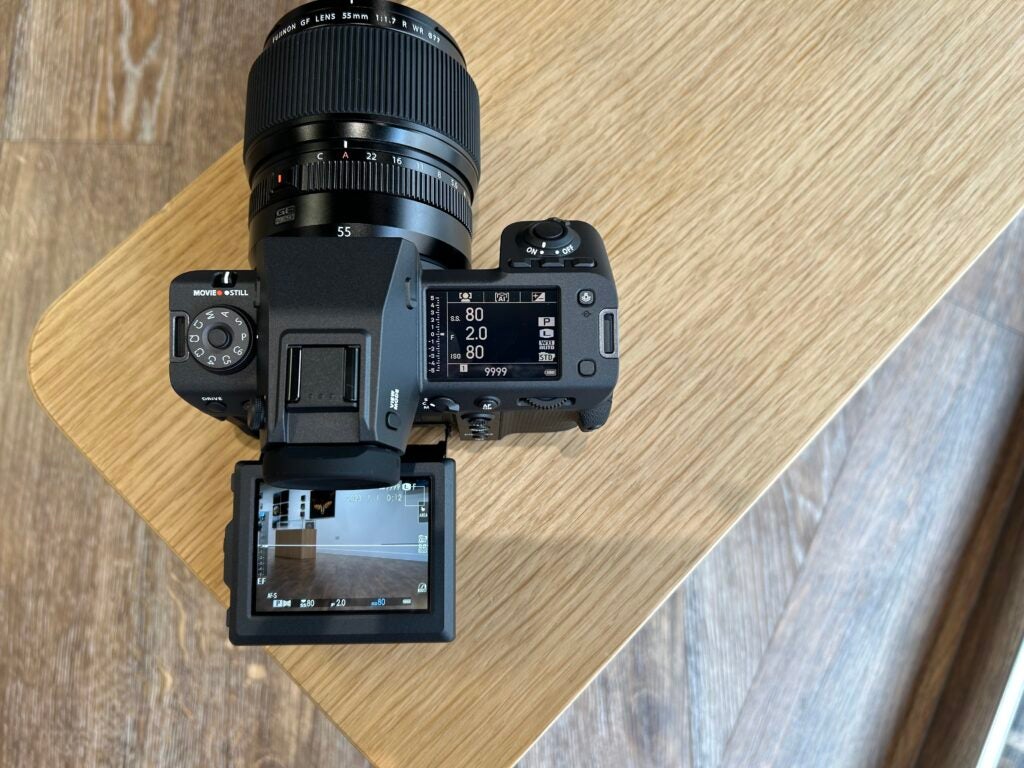
The LCD monitor is bright and sharp and can be positioned in a variety of angles, though you won’t be able to twist it around to easily snap selfies.
I was particularly impressed by the 9.44m-dot EVF, which is also incredibly bright and spacious. I tend to avoid relying on viewfinders because I find it difficult to get close enough while wearing glasses. However, I was able to see the entire frame comfortably through this EVF and might actually prefer it to the monitor. The EVF can also be detached to make room for Fuji’s EVF tilt adapter.
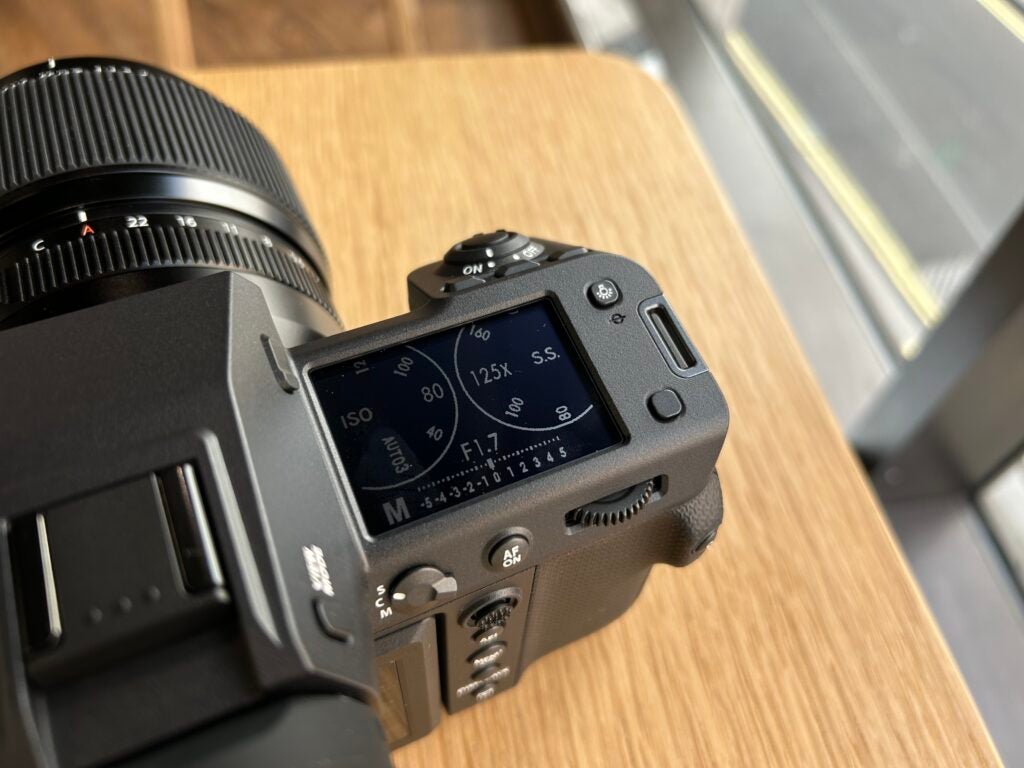
Along with the monitor and EVF, there’s also a third black-and-white top monitor that I found made it very easy to view and adjust settings at a glance.
The GFX100 II includes a good number of physical controls, but the neat column of buttons on the rear of the camera keeps the design tidy and simple similar to the layout of the GFX100S. Fujifilm users will also find the interface and menu familiar, while those new to the brand shouldn’t have a hard time finding the settings and controls they need using the touchscreen.

The camera is compatible with both CFexpress Type B and standard SD cards, with one slot available for each.
Features
- The camera includes a 102-megapixel medium format image sensor and the Fujifilm X-Processor 5
- The burst mode now reaches 8fps
- The camera can record up to 8K/30p internally
The GFX100 II contains a 102-megapixel high-speed image sensor and Fujifilm’s X-Processor 5. This medium format sensor is also 1.7x the size of a 35mm full frame sensor.
Most importantly, this camera is designed to outperform previous GFX cameras when it comes to AF, burst shooting and video performance.
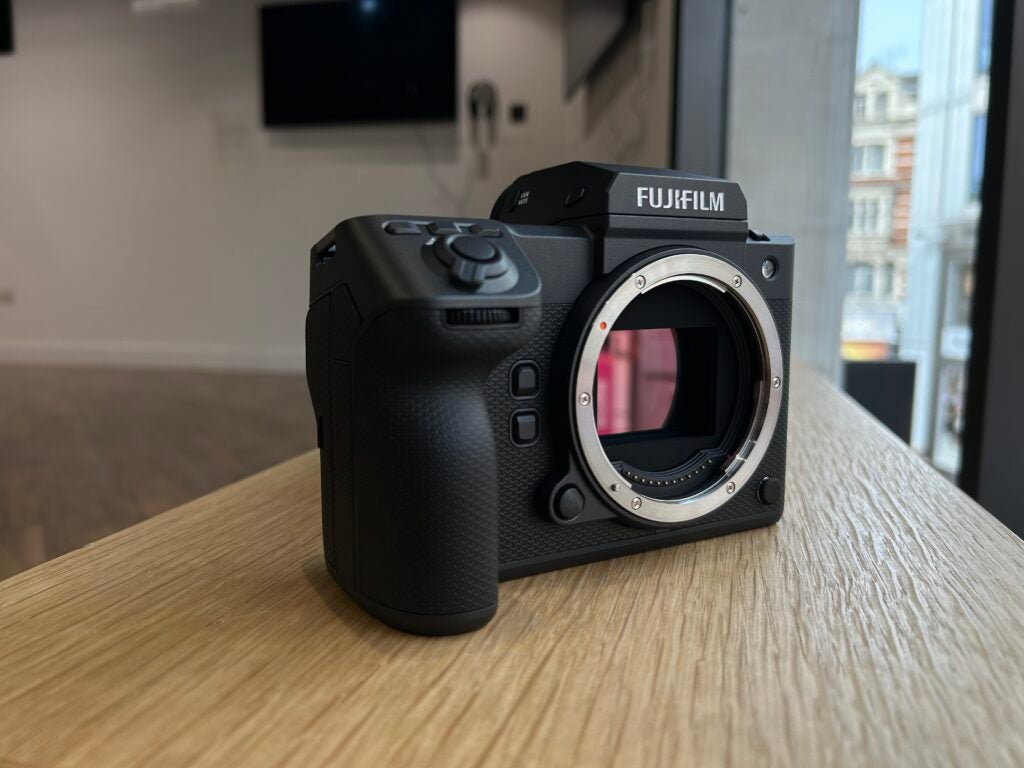
The high-speed processor and image sensor combo enable AI-based subject-detection AF, along with the latest prediction AF algorithm originally developed for high-speed photography on the X-H2S. Subjects detectable include animals, birds, cars, motorcycles, bicycles, aeroplanes, trains, insects and drones. I found the AF to be very capable from my limited time with the camera, detecting passersby, cars and bikes and tracking them as they move through the frame.
Continuous shooting has increased from 5fps on the GFX100 to 8fps, meaning you can now use the camera to capture faster-moving subjects, including sports. I found the burst mode to be quite snappy, but then the fastest-moving object I came across during my short time with the camera was a slow cyclist. Hopefully, we’ll get a chance to test the burst mode on some speedier subjects when conducting our full review of the camera later on.
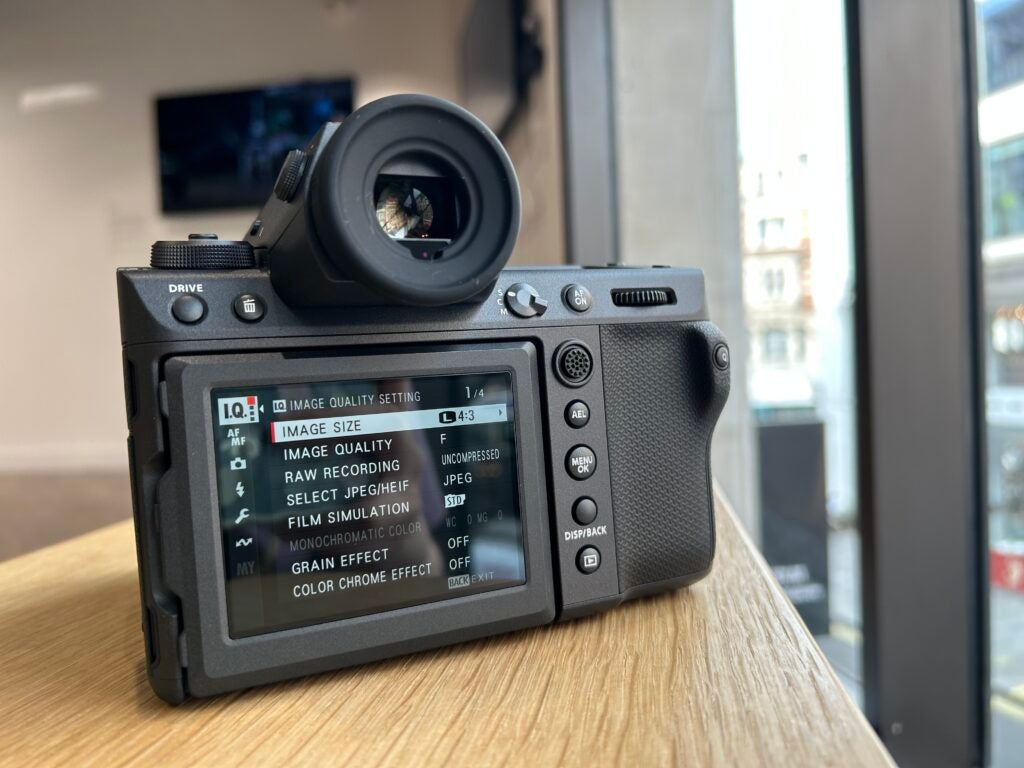
When it comes to video, the GFX100 II is capable of capturing 4K/60p 4:2:2 10-bit footage, or up to 8K/30p with a crop.
The GFX100 II can also produce up to 400–megapixel images using the updated Pixel Shift Multi-Shot function, which can now capture and combine up to 16 RAW images. On top of this, the camera features 8-stop 5-axis IBIS and ISO80 as a standard sensitivity.
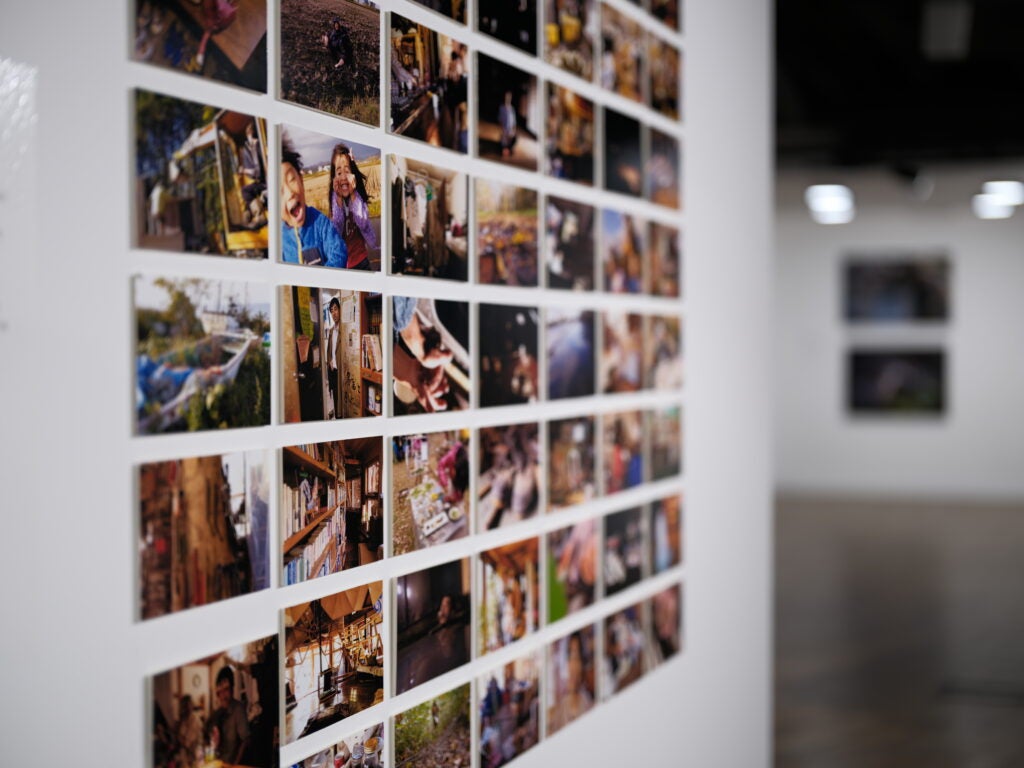
Finally, there’s a new film simulation mode called Reala Ace, which I enjoyed shooting in thanks to its natural colours and harder tonality.
Image quality
- Images are incredibly sharp
- Colours are bright and realistic
I’ve only spent a short amount of time with the GFX100 II so far, but so far I have found images snapped with this camera to be incredibly sharp with bright and natural colours.

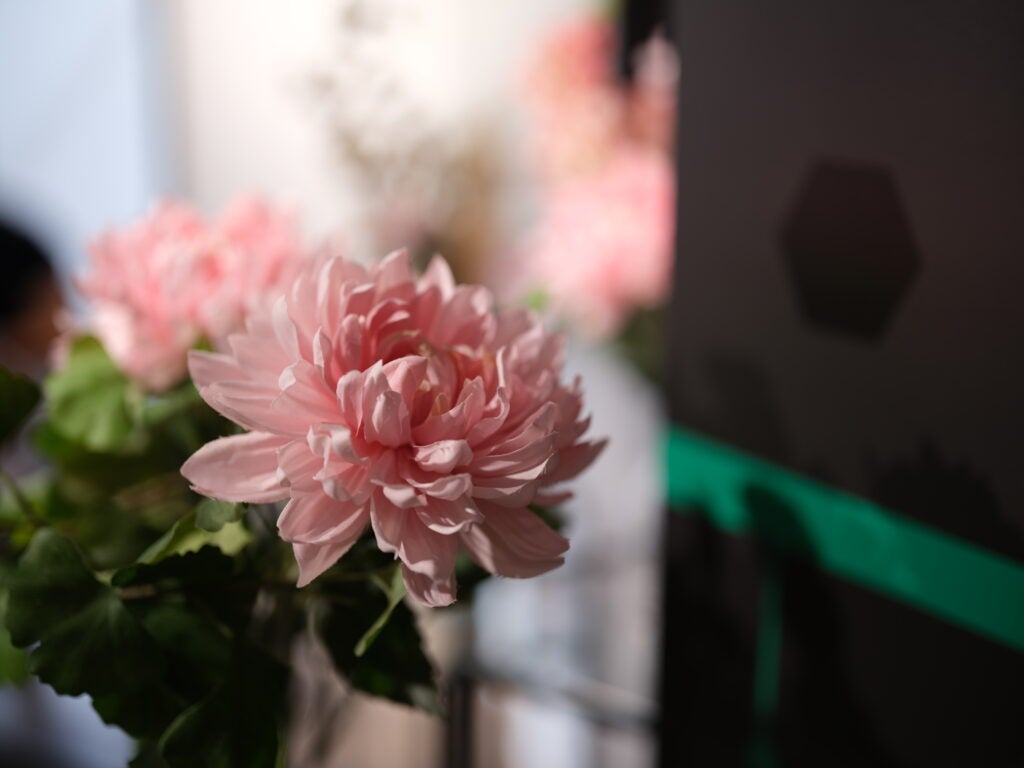
However, you’ll have to wait for our full review for a more in-depth look at the image and video quality.
Latest deals
Full specs
The post Fujifilm GFX100 II appeared first on Trusted Reviews.
Author: Hannah Davies
This article comes from Trusted Reviews and can be read on the original site.

